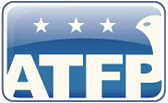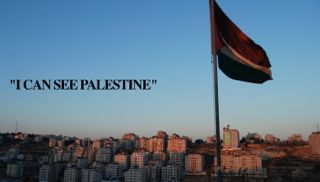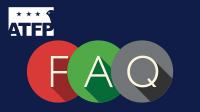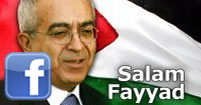The economic and institutional framework for a Palestinian state
New York, September 22, 2009 - First Session
The economic and institutional framework for a Palestinian state
Ms. Shamshad Akhtar, Vice President,
Middle East and North Africa Region
The World Bank
Your excellency, distinguished colleagues:
Prime Minister Fayyad: I would like to congratulate you on your leadership in steering the Palestinian economy through troubled waters. We have read with great interest your Government’s Program, Palestine: Ending the Occupation, Establishing the State, which envisions the establishment of a Palestinian state in two years. The Bank believes that the Palestinian Authority has had a good track record to date, as evident from its performance in launching and implementing economic reforms, providing basic social services such as education and health, and in its institution-building accomplishments.
This morning I would like to touch on three areas briefly: first, the significance of institution-building for a future Palestinian state; second, the importance of trade for sustainable economic growth in the West Bank and Gaza; and third, the importance of the role of development partners.
On the first point, it has to be acknowledged that the Palestinian Authority has already managed to establish 1) a core public financial management system that would benefit from further strengthening; 2) the Palestinian Monetary Authority that is now operating as an independent regulator; and 3) the Palestinian Investment Fund that has consolidated the PA’s financial assets under one roof and publishes audited statements on the web. Concurrently, it is important to recognize the continued strengthening of other institutions including the Palestinian Water Authority, the Coastal Municipalities Water Utility, and the Palestinian Energy Authority. Last but not least, the PA continues to improve the targeting of the social safety net to ensure that the most vulnerable population groups are protected. The next step in this regard will be the merging of the 2 largest programs into a single PA-administered cash assistance program.
Within the context of institutional reforms, the Palestinian Authority recognizes the significance and scope for reforms of the judiciary and land management systems. For the judiciary, the most urgent task at hand is to resolve the ongoing conflict over mandates and authorities of the 4 or 5 key institutions in the sector. For land management, the key priority is to review the methodology for dispute resolution and develop a program to train full-time land settlement judges.
Well-functioning institutions are a necessary but not sufficient condition for a future prosperous state – a state that achieves sustainable economic growth and development. Recognizing this, the PA has made significant strides over the last year, professionalizing its security forces and expanding their operations throughout the West Bank, in the cities of Ramallah, Jenin, Nablus, Bethlehem, and parts of Hebron. This has in turn led the Government of Israel to ease movement and access restrictions within the West Bank – a most welcome trend that we all hope will continue. Improved security and strong donor support together mean that we may, for the first time in years, see positive per capita GDP growth in the West Bank and Gaza.
This brings me to the second point: The importance of trade for sustainable growth for both Gaza and the West Bank. For Gaza, this means reinstatement of trade relations, first with the West Bank and its traditional export markets, but also exploration of new markets and new routes, such as through Rafah to Egyptian ports and airports. For the West Bank, already Arab citizens of Israel are flocking to markets in Jenin and Nablus. But that is not enough. West Bank enterprises must be able to access Israeli markets through the crossing points with minimal delay and cost. Yet even that is not enough. Indeed, the Palestinian private sector’s access to outside markets through Allenby Bridge must also be efficient and low-cost.
Given the current conditions in Gaza, however, most of the economic growth will probably be restricted to the West Bank. While the World Bank and other players have maintained their commitment to Gaza’s development, we all look forward to the day when a political solution is achieved for Gaza and we can all scale up our involvement in rebuilding its infrastructure and reviving its economy in a concerted manner. Gaza will once again be linked to the rest of the world, whether by air, land, or sea.
This brings me to my final third point: Reviving the private sector is key for laying the foundations of sustainable growth and ultimately reducing Palestinian dependence on external aid. This reliance has been substantial in recent years: in 2008, budget support to the PA was about 30 percent of GDP. Even if the Palestinian economy succeeds in growing at 7-8 percent per year, the PA is still likely to require budget support of roughly 11 percent of GDP in 2012. In other words, budget support to the PA will remain crucially important for the next few years. For 2009, the PA is facing a financing gap of $400 million as was articulated earlier. It is my conviction that the international community will once again rise to the challenge of securing these funds in budget support for the PA. The World Bank on its part will continue to support the PA both in terms of financing as well as capacity-building of its institutions.
In closing, allow me to thank you all for your attention.
The World Bank - September 22, 2009 - Back to Resources Page
Did we miss something?
Click here to suggest a state building resource to be added to our fast-growing archive!
















